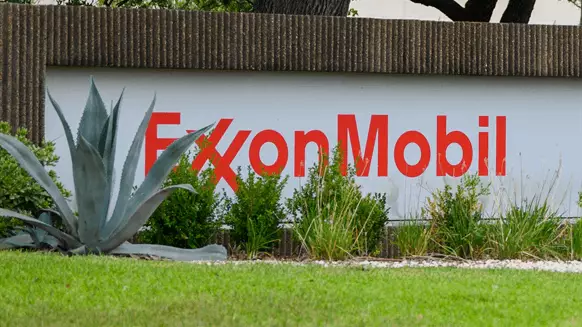ExxonMobil’s low-carbon hydrogen project in Baytown, Texas, has entered a new stage with a contract award to Technip Energies for front-end engineering and design (FEED).
The low-carbon hydrogen, ammonia, and carbon capture facility is expected to produce one billion cubic feet of low-carbon hydrogen per day, making it the largest low-carbon hydrogen project in the world at planned startup in 2027-2028.
More than 98% of the associated CO2 produced by the facility, or around 7 million metric tonnes per year, is expected to be captured and permanently stored.
The company said the carbon capture and storage network being developed for the project will be made available for use by third-party CO2 emitters in the area in support of their decarbonisation efforts.
To note, a final investment decision for the project is expected by 2024, subject to stakeholder support, regulatory permitting, and market conditions.
Dan Ammann, President of ExxonMobil Low Carbon Solutions, said: “This project allows us to offer significant volumes of low-carbon hydrogen and ammonia to third-party customers in support of their decarbonisation efforts. In addition, the project is expected to enable up to a 30% reduction in Scope 1 and 2 emissions from our Baytown integrated complex by switching from natural gas as a fuel source to low-carbon hydrogen.”
In 2021, ExxonMobil announced Scope 1 and 2 greenhouse gas emission-reduction plans for 2030 for operated assets. The plans are expected to achieve a 20-30% reduction in corporate-wide greenhouse gas intensity, a 40-50% reduction in greenhouse gas intensity of upstream operations, a 70-80% reduction in corporate-wide methane intensity, and a 60-70% reduction in corporate-wide flaring intensity.
ExxonMobil said that it aims to achieve net-zero Scope 1 and 2 greenhouse gas emissions from its operated assets by 2050.

 Iran Energy News Oil, Gas, Petrochemical and Energy Field Specialized Channel
Iran Energy News Oil, Gas, Petrochemical and Energy Field Specialized Channel



